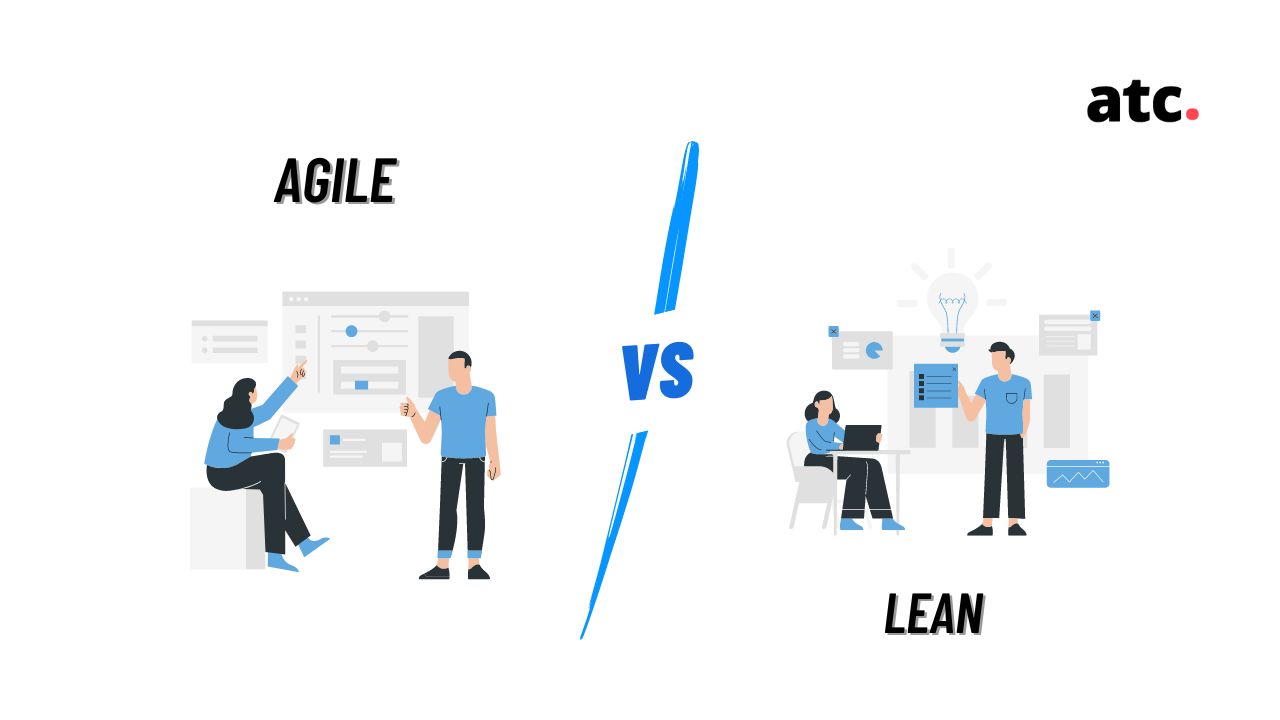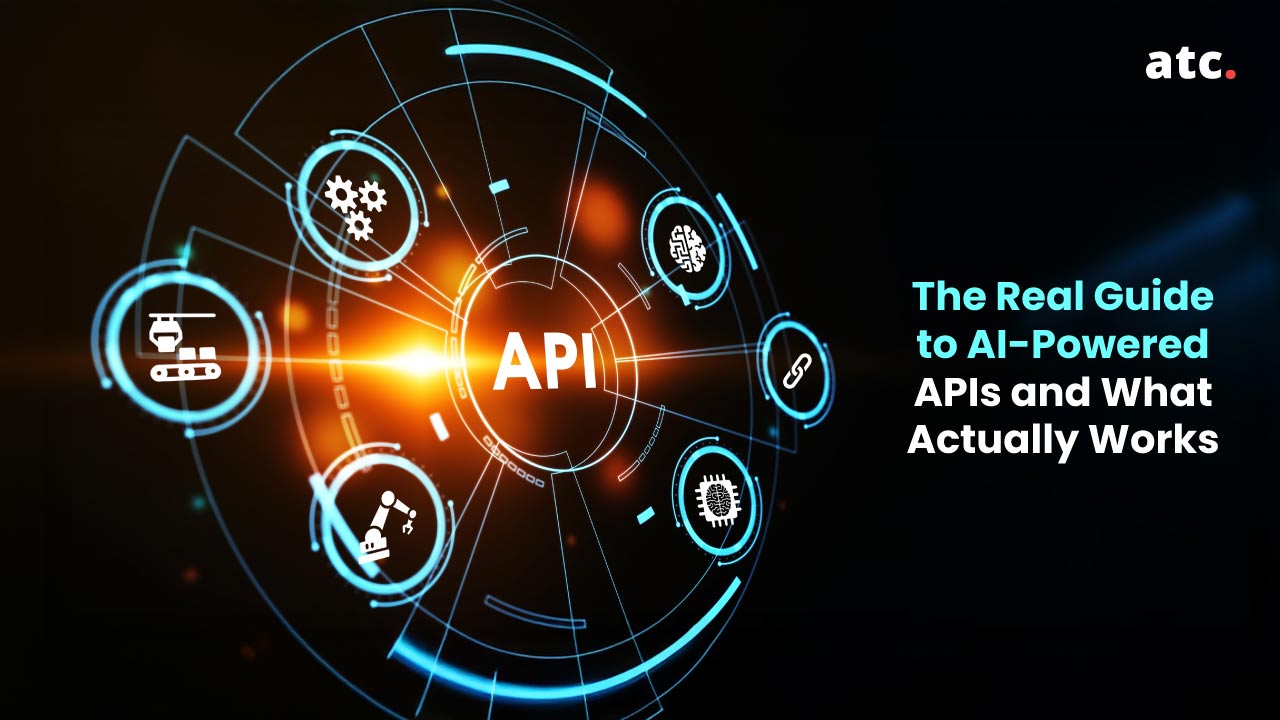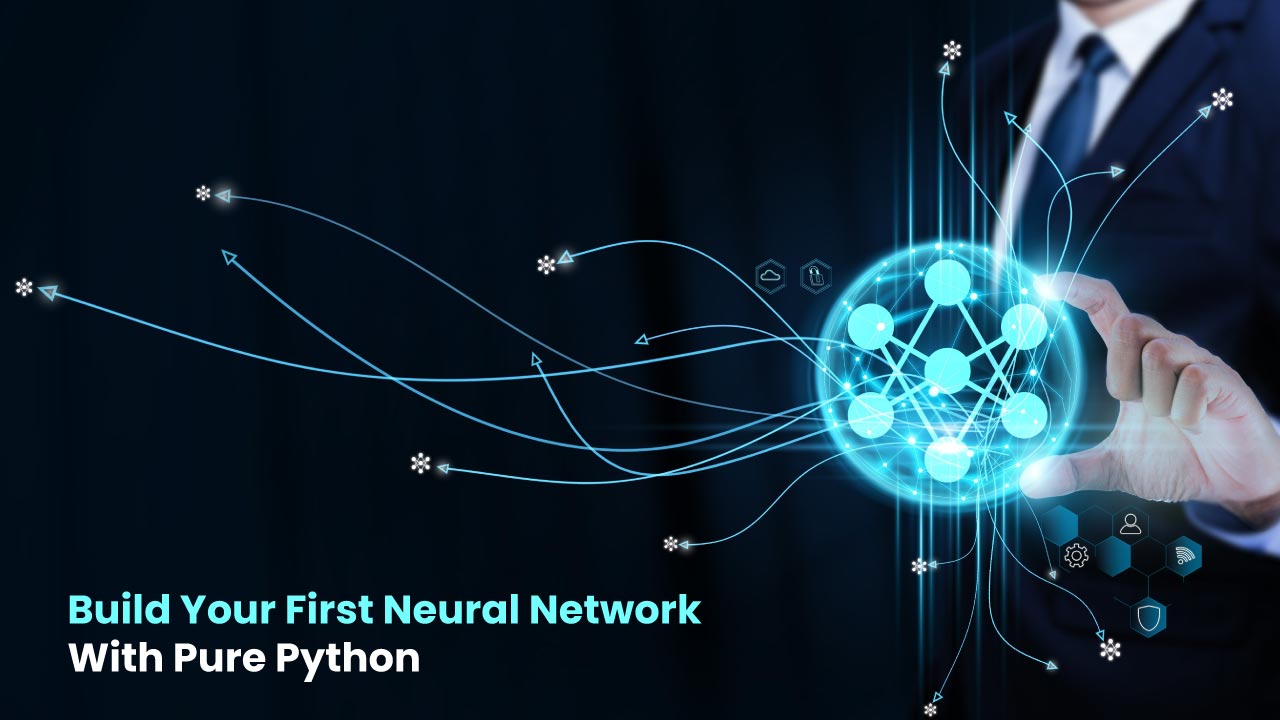Subscribe to the blog
An eye-opening 2021 HBR study provided some interesting insights into why most start-ups fail. According to the study, ‘A venture’s downfall happens usually because of all the stakeholders involved. It includes employees, strategic partners, and investors.’ The study also emphasized the need for entrepreneurs to understand the differences between lean and agile management models and not fall victim to false starts.
This statement pretty much sums up what we see happening in start-ups today. Most start-ups chase after fast growth figures and lose out on the battlefield.
To stop this from happening, you should keep your management model strong and learn with each iterative cycle. But choosing a project management model can be overwhelming as you have two strong contenders: Lean and Agile.
Let’s explore how each management model works and which is best for your organization.
The Lean Project Management Methodology
The lean project methodology is rooted in the philosophy that you should maximize value and minimize waste. Lean organizations identify and eliminate wasteful activities and work on gauging customer interest. They apply a mindset to boost performance, cost reductions, and employee engagement.
Here are the five principles of Lean management:
- Define Value: The foundation of a lean process starts with defining value. You need to kickstart the process by identifying value-adding activities from waste activities. For instance, For a software development team, the value will be developing a product that generates a revenue stream for the company.
- Map Value Streams: After you have identified what value your team aims to deliver, it is time to visualize your workflow and map out all the steps involved in the process.
- Create a Flow: Creating a smooth workflow means removing roadblocks. This is why lean teams keep a close eye on their tasks and how they progress to ensure that they are on the right track.
- Using a Pull System: After you have created a flow, it’s time to establish a pull system. The purpose is to build products when there is a demand for them. It involves not relying on hypotheses or forecasting. It follows the famous ‘just-in-time’ methodology to increase your team's output.
- Continuous Process Improvement: The final principle of the model is pursuing perfection. It involves empowering your team to take ownership of their work and learning from each iterative development cycle.
Agile Project Methodology
Although lean is popular, it is highly sequential and time-consuming. Agile is quick and efficient. It involves breaking down the entire project into small-sizeable chunks known as sprints. Agile methodology helps teams work faster and adapt to changing project requirements to ensure that the company can deliver products as quickly as possible.
When the Agile Manifesto was launched in 2001, most companies thought it was only for software development. But today, they have expanded into heavy industries like oil and gas and mining.
The four core values of Agile project management include:
- Individuals and interactions over processes and tools
- Working on software over comprehensive documentation
- Customer collaboration over contract negotiations
- Responding to change over following a plan
Lean is Sequential, But Agile is Flexible
The discussion over lean vs agile project management has been going on for quite some time. Although both routes offer significant benefits, they are two sides of the same coin. In a market driven by technologies and disruption, you should know by now there is no one-size-fits-it-all approach to getting to MVP faster.
Every project varies in scope and requirements. So it is natural you should apply a different methodology to different projects. For instance, it is a rule of thumb that organizations apply lean principles to routine and repetitive operations. And for complex and creative projects, they adopt the agile methodology. Organizations must also understand that both methodology work towards building a common mindset: Fostering an environment of continuous improvement.
Focus on Creating a Win-Win Strategy
You have done the difficult part of figuring out how lean vs agile project management methodologies work. But the challenge doesn’t end here. Most organizations have moved to a hybrid workplace, where they need not only great ideas - But also robust processes, end-to-end communication cycles, and strong leadership to succeed.
The best thing is that you can achieve this by applying a mix of lean and agile principles. To do that, you need to focus on three vital aspects. They are:
- People
Your people are your most crucial asset - Whoever said this knew that the people in your company determine its success or failure. So it is critical to understand how you can empower teams to deliver value. And which principles you need to apply to reach there faster. For instance, lean management suggests that all team members should work together to avoid delays. On the other hand, agile relies on cross-functional teams to collaborate effectively and brainstorm a solution to an existing problem.
- Processes
Speed is everything in the market. Finding new and better ways to work can help you reduce time-to-market and increase ROI. Design your processes in a way that combines the two methodologies and lets your team cut down their time on repetitive tasks and shift their focus to creating better customer experiences.
- Technology
You cannot thrive in the digital world without utilizing cutting-edge technologies. Project management tools can help you facilitate better communication and create transparency across systems. With tracking and collaborative tools, you can easily connect with stakeholders worldwide and analyze the project outcomes.
Spotify is a Brilliant Example of How a Combined Strategy Works!
Spotify’s work culture is a stand-out example of how a combined strategy can help you win at delivering value to customers in a short time. The company borrows principles from both models and has created an empowering organizational culture.
From the lean management perspective, Spotify uses value mapping and continuous process improvement to eliminate roadblocks, facilitate ownership, and rethink customer experience.
The company focuses largely on using agile frameworks such as Scrum and SAFe to reduce formal processes, create self-managing teams, and boost flexibility.
This collective model has helped the company beat Apple Music and remains an inspiration to other organizations.
Final Thoughts
The question of which is best from lean vs agile project management is tricky to answer. However, with rigorous analysis, you can get there. There is nothing with experimenting a little. For an organization to progress in this day and age, change is the only answer.
If you are keen on hearing more about how agile project management, feel free to check out an insightful guide here. We offer instructor-led SAFe training to ensure your team members stay on top of their game. Feel free to shoot us an email to learn more.




